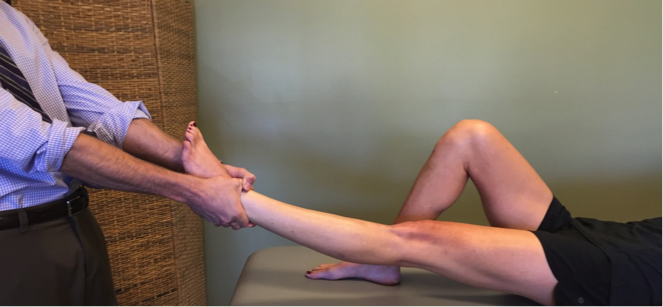Knee pain remains one of the most common reasons patients seek care from a primary care physician and Physical Therapist. The knee is uniquely placed between two long levers in the thigh and leg bones. The levers significantly increase the effect of impairments in the ankle and hip joints on the knee. Commonly, patients present with mobility needs below the knee and stability or strength needs in the hip. A Physical Therapy exercise prescription is provided to each patient on their strength assessment on the initial evaluation, but many patients will demonstrate weakness in the quadriceps and glut musculature. A recent study demonstrates the impact manual Physical Therapy can have as a transition into strength training.
Silva Neto and colleagues examined the impact of a single hip manipulation (high velocity, low amplitude) by a Physical Therapist to determine its’ effect on pre and post strength measurements. 40 patients with knee pathology were enrolled in the study and completed pre and post strength assessment of the quadriceps and glut musculature. Authors noted a significant improvement in strength of the gluteus maximus but not gluteus medius or quadriceps after the hip manipulation. This effect reflects the improved short term ability of the patient to recruit their hip musculature. Although not measured this effect is likely temporary but may allow improved muscle recruitment in a follow up hip strengthening exercise. This research reinforces prior research demonstrating improved hip muscle recruitment following hip mobilizations.
Click Here To Schedule Your Next Appointment With The Experts At MEND

